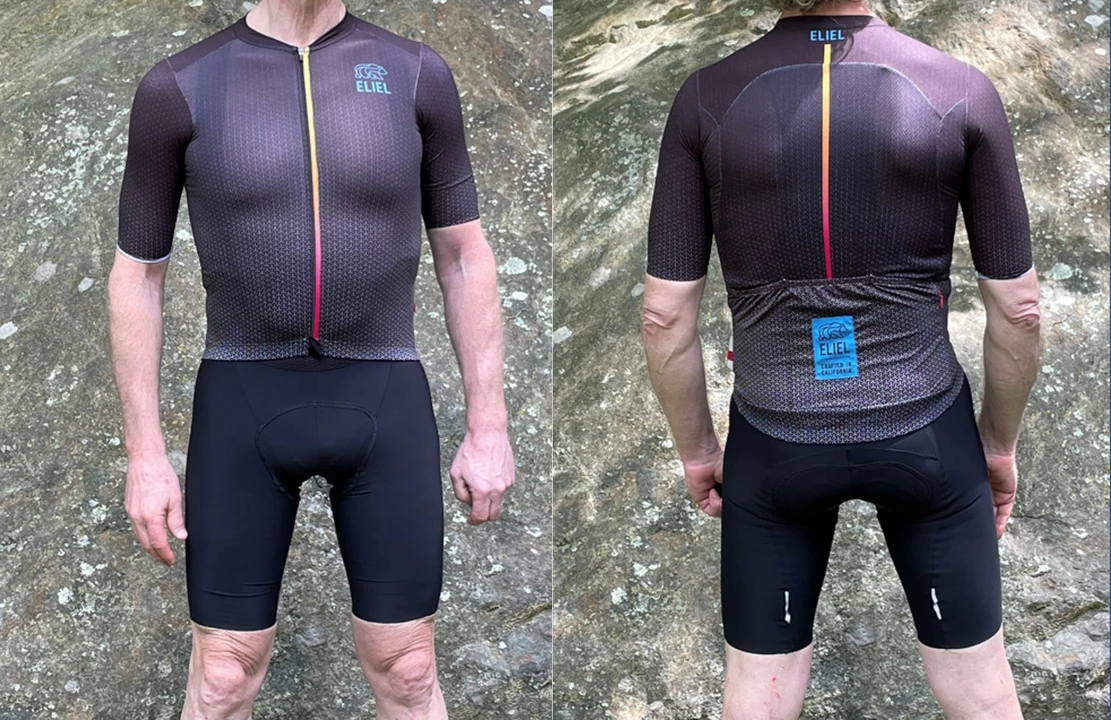Better Choice: Your Guide to Smarter Cycling Decisions
Standing in a bike shop or scrolling through endless product pages can feel overwhelming. Which shoes fit best? Which socks keep you dry on long rides? The good news is you don’t need to guess. Below are quick, real‑world pointers that let you pick the right gear without the hassle.
Gear Up with Confidence
Start with the basics – shoes, socks, and pedals. A stiffer shoe transfers power more efficiently, so if you ride fast or race, look for a shoe with a firm sole. For casual rides, a bit more flex gives comfort. When it comes to socks, choose breathable fabrics like merino wool or quality synthetics. They wick sweat, stay warm in the chill, and prevent blisters. A good pair won’t cost a fortune; focus on fit and material over brand hype.
Don’t forget the bike itself. If you’re buying a new bike, test‑ride at least two models. Feel how the frame responds, how the geometry matches your riding style, and whether the components feel smooth. A cheap bike can become expensive fast if you end up swapping parts later. A solid entry‑level frame built for your terrain is a better long‑term choice.
Training Tips That Save Time and Energy
Improving fitness doesn’t always mean longer rides. Stand pedaling up a hill engages different muscles and breaks up the monotony, but don’t overdo it. Mix in seated intervals to protect your knees and keep your cadence steady. When you hit the gym, set realistic goals – 25 km in 45‑60 minutes is a good benchmark for most riders. Use a stationary bike to track progress; many devices, like Garmin, let you log power and heart rate for precise feedback.
Weight loss and cardio benefits are extra bonuses. A regular spin on a stationary bike can torch calories, help you shed a couple of pounds a week, and boost heart health. Pair it with a balanced diet and you’ll see results faster than chasing the perfect outdoor route alone.
Remember, the best choice isn’t always the most expensive one. It’s the option that fits your goals, budget, and comfort level. Keep these simple checks in mind, and you’ll ride with gear that works for you, not against you.
Which is better, bib shorts or cycling shorts?
After comparing bib shorts and cycling shorts, I've found that it really depends on personal preference and the type of cycling you do. Bib shorts provide more support and comfort for longer rides, as they don't have a waistband that can cause discomfort. On the other hand, cycling shorts are more versatile and easier to wear in various situations. It's essential to try both and see what feels best for you and your cycling needs. Ultimately, comfort and functionality should guide your decision.
